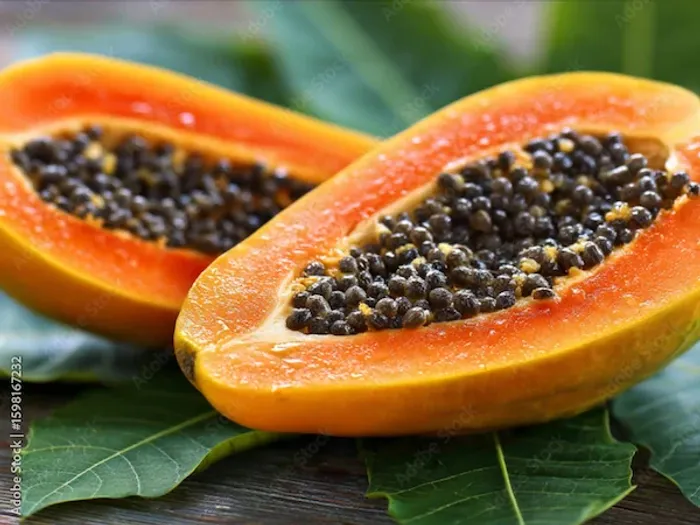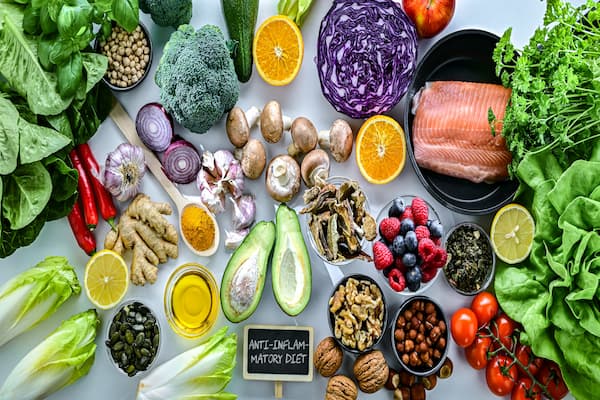Papaya and Its Effects on Diabetes
Discover whether papaya is safe for diabetics, its effects on blood sugar, portion recommendations, and healthy ways to enjoy it without spikes.

Written by Dr. Shaik Abdul Kalam
Reviewed by Dr. Vasanthasree Nair MBBS
Last updated on 21st Aug, 2025

Introduction
Living with diabetes can be challenging, but making smart food choices can help manage blood sugar levels effectively. One such fruit that often raises questions among people with diabetes is papaya. Is it safe? Will it spike blood sugar? Let’s explore how papaya affects diabetes and how you can enjoy it wisely.
Understanding Papaya: A Nutrient-Packed Fruit
Papaya is a tropical fruit known for its sweet taste, vibrant color, and numerous health benefits. It is rich in:
Vitamin C (boosts immunity)
Vitamin A (good for vision and skin)
Fiber (aids digestion and blood sugar control)
Antioxidants (reduces inflammation)
Low glycemic index (GI) (doesn’t cause rapid blood sugar spikes)
Can Diabetics Eat Papaya?
Yes! Papaya can be a part of a diabetes-friendly diet if consumed in moderation. Here’s why:
1. Low Glycemic Index (GI)
Papaya has a GI of around 60, which is considered medium.
Foods with a low to medium GI release sugar slowly, preventing sudden spikes.
2. High Fiber Content
Fiber slows down sugar absorption, helping regulate blood glucose levels.
Aids digestion and prevents constipation, which is beneficial for diabetics.
Health topic carousel:
Doctor's speciality: Nutritionist
Text: Consult an Nutritionist for the best advice
3. Rich in Antioxidants
Helps reduce oxidative stress, which is linked to diabetes complications.
How Much Papaya Can a Diabetic Eat?
While papaya is beneficial, portion control is key:
½ cup (75-80g) of ripe papaya per serving is generally safe.
Avoid overeating, as excess natural sugars can still affect blood sugar.
Best Ways to Include Papaya in a Diabetic Diet
1. Eat Fresh & Raw – Avoid canned or sweetened versions.
2. Pair with Protein/Fiber – Have it with nuts or yogurt to slow sugar absorption.
3. Avoid Juicing – Whole fruit is better than juice, which lacks fiber.
4. Monitor Blood Sugar – Check how your body responds after eating papaya.
Potential Risks & Precautions
Overconsumption may lead to higher sugar intake.
Unripe papaya has higher starch content, which may affect blood sugar differently.
Allergies – Some people may be allergic to papaya.
Other Health Benefits of Papaya for Diabetics
Supports Heart Health – Reduces cholesterol and blood pressure risks.
Aids Digestion – Contains papain, an enzyme that helps break down proteins.
Boosts Immunity – High vitamin C content keeps infections at bay.
When to Consult a Doctor?
If you have diabetes and are unsure about including papaya in your diet, consult a doctor or dietitian. They can help tailor a meal plan that suits your needs.
Need expert advice?
You can book a consultation with a diabetes specialist on Apollo 24|7 for personalized guidance.
Final Thoughts
Papaya can be a healthy addition to a diabetic diet when eaten in controlled portions. Its fiber, vitamins, and antioxidants make it a smart choice, but moderation is key. Always monitor your blood sugar levels and consult your healthcare provider if you have concerns.
Health topic carousel:
Doctor's speciality: Nutritionist
Text: Consult an Nutritionist for the best advice


_0.webp)

